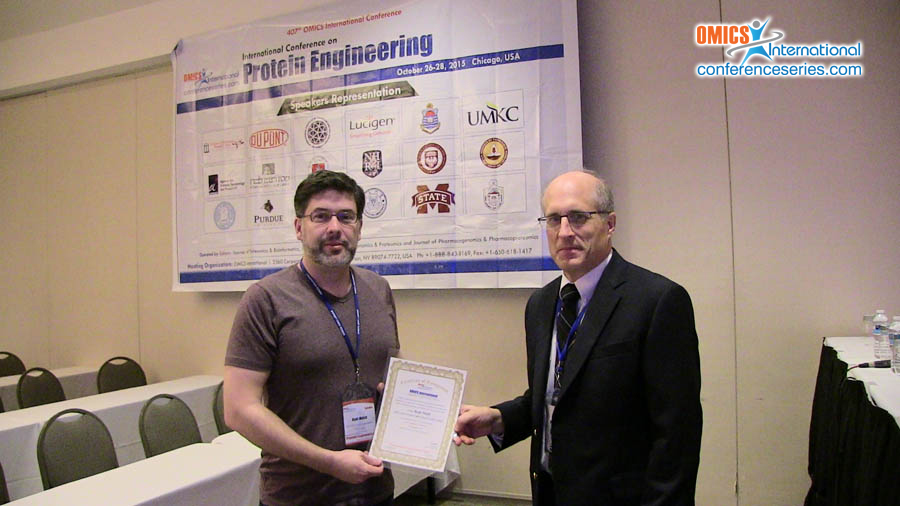
Cody Coyne
Mississippi State University, USA
Title: Necessary concepts in the design of the molecular structure and organic chemistry reactions for the synthesis of covalent biopharmaceuticals
Biography
Biography: Cody Coyne
Abstract
Covalent bio-chemotherapeutics designed to possess properties of “targeted†delivery have significant merit due to their capability to selectively promote progressive intracellular chemotherapeutic accumulation and impose minimal chemotherapeutic exposure to healthy tissues and organ systems. Chemotherapeutics most extensively employed in organic chemistry reactions schemes for synthesizing covalent immunochemotherapeutics or other bio-chemotherapeutics with similar characteristics have been the anthracyclines and to a lesser extent, bleomycin, calicheamicin, chlorambucil, dexamethasone, fludarabine, gemcitabine, methotrexate, maytansinoids, monomethyl auristatin E, paclitaxel and vinca alkaloids. A limited spectrum of organic chemistry reaction schemes have been utilized to covalently bond chemotherapeutics and other pharmaceuticals to synthetic macromolecules, immunoglobulin, receptor ligands, glycoproteins, polysaccharides and lectins that can facilitate selective “targeted†delivery. Although methods have been described for synthesizing and purifying covalent bio-chemotherapeutics over prolonged reaction times, alternative methods and techniques have been developed that are efficient, rapid-in-duration, generate homogenous end-products with minimal side reactions and have modest requirements for advanced instrumentation. Critically important in the synthesis process of establishing the design of the molecular structure and organic chemistry reactions for synthesizing covalent immunochemotherapeutics is the selection of uniquely over-expressed sites on the external membrane of “targeted†cell populations. Ideally these sites should each facilitate selective “targeted†delivery, continual membrane deposition and progressive cytosol accumulation of a corresponding pharmaceutical moiety. Immunoglobulin as a carrier platform also affords the attribute of potentially promoting anti-neoplastic activity through both an anti-trophic effect and induction of multiple in vivo immune responses (e.g., antibody dependent cell cytotoxicity; complement cytolysis; opsonization).



